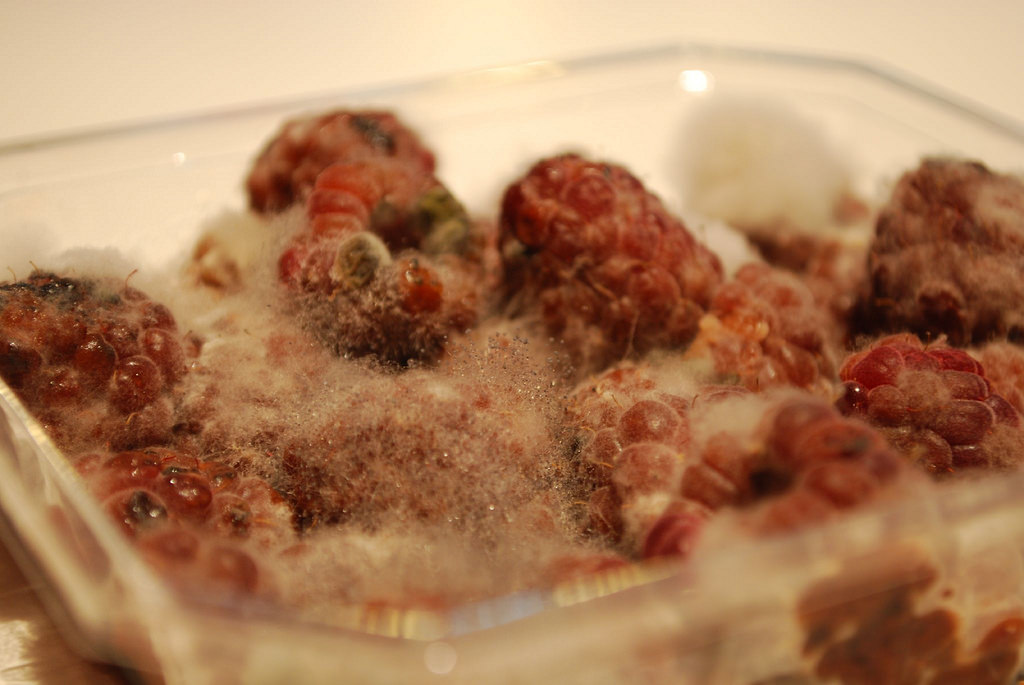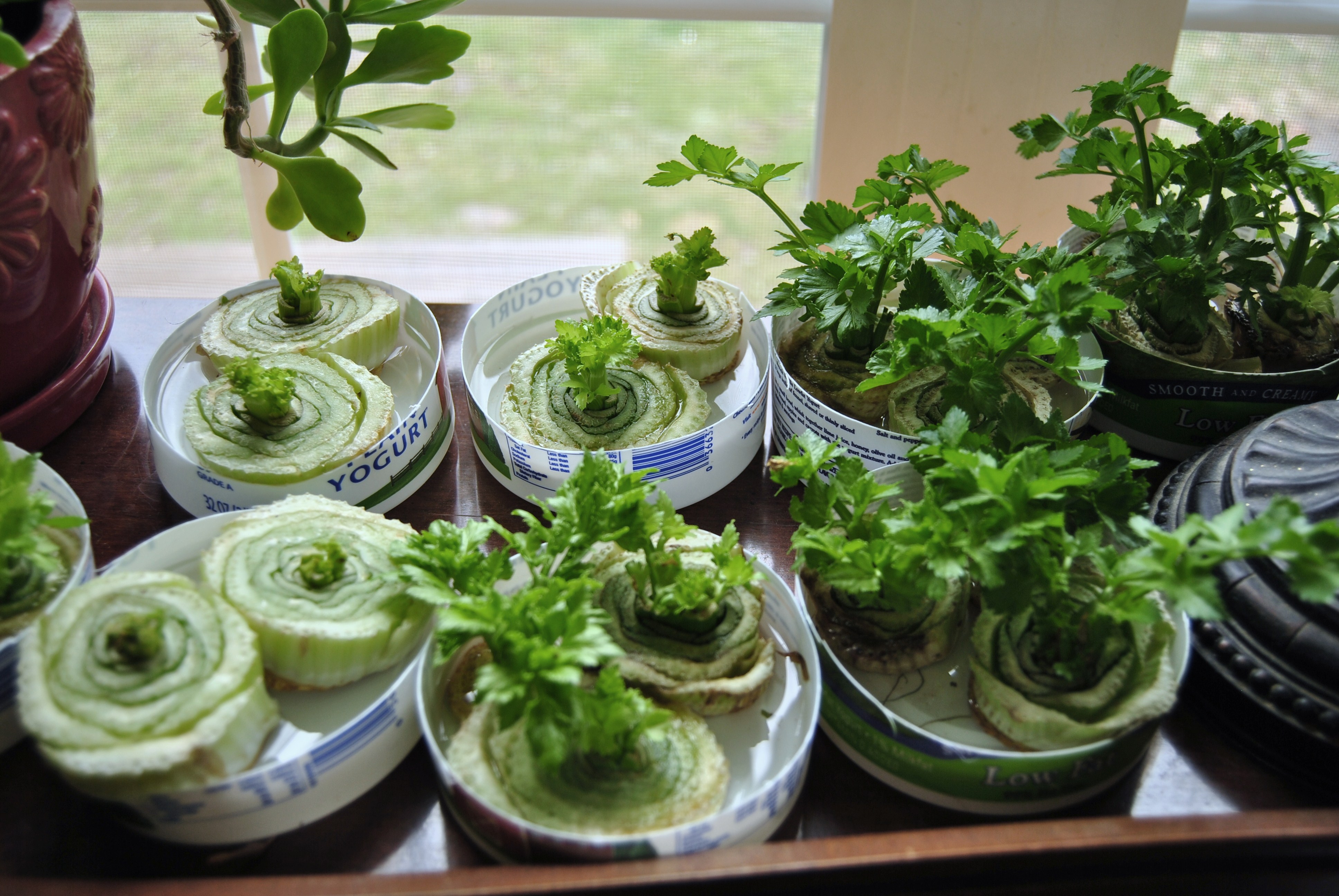
She Put Her Onion Roots in Water... You'll Never Believe What Happens Next!
There’s no doubt about it: food is expensive. The average Canadian household spends over $675 a month on food, with $490 of that being store-bought food. No matter how much you try to avoid it, the supermarket often becomes your second home.
But what if I told you there was a way to regrow vegetables from the parts most people don’t find very useful, like the roots of an onion or the bottom of a head of lettuce? It’s as simple as plopping the vegetable in some water and… voilà! After a few weeks, it’ll regenerate itself and you’ll have a new yummy ingredient to cook with.
Ready to learn how to save yourself some trips to the supermarket?
1. Green Onions
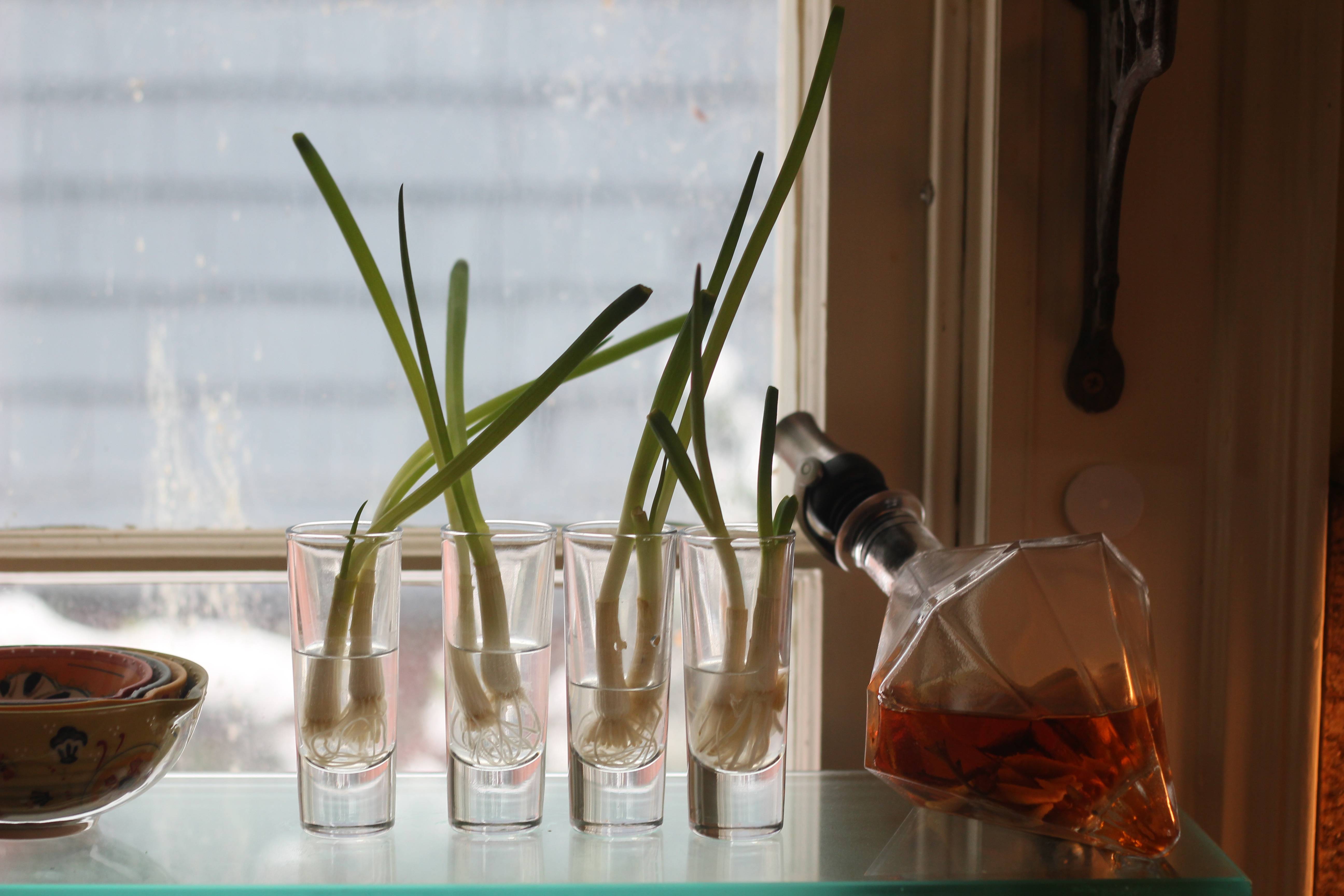
Chopped onions are a culinary aesthete’s favourite garnish. They can be used to add the finishing touches to soups, omelettes, dips, potato salads, stir-fry dishes… the list goes on and on!
Find out how to grow your own here.
2. Garlic Sprouts
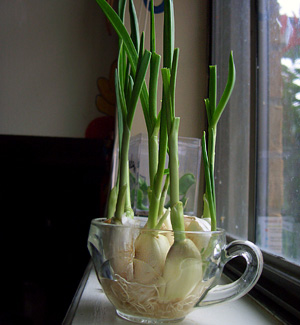
Love garlic, but want something a little milder? Try garlic sprouts! They taste great on top of baked potatoes and salads, and act as the perfect “little something” for dips such as hummus and guacamole.
You can find directions here.
3. Romaine Lettuce
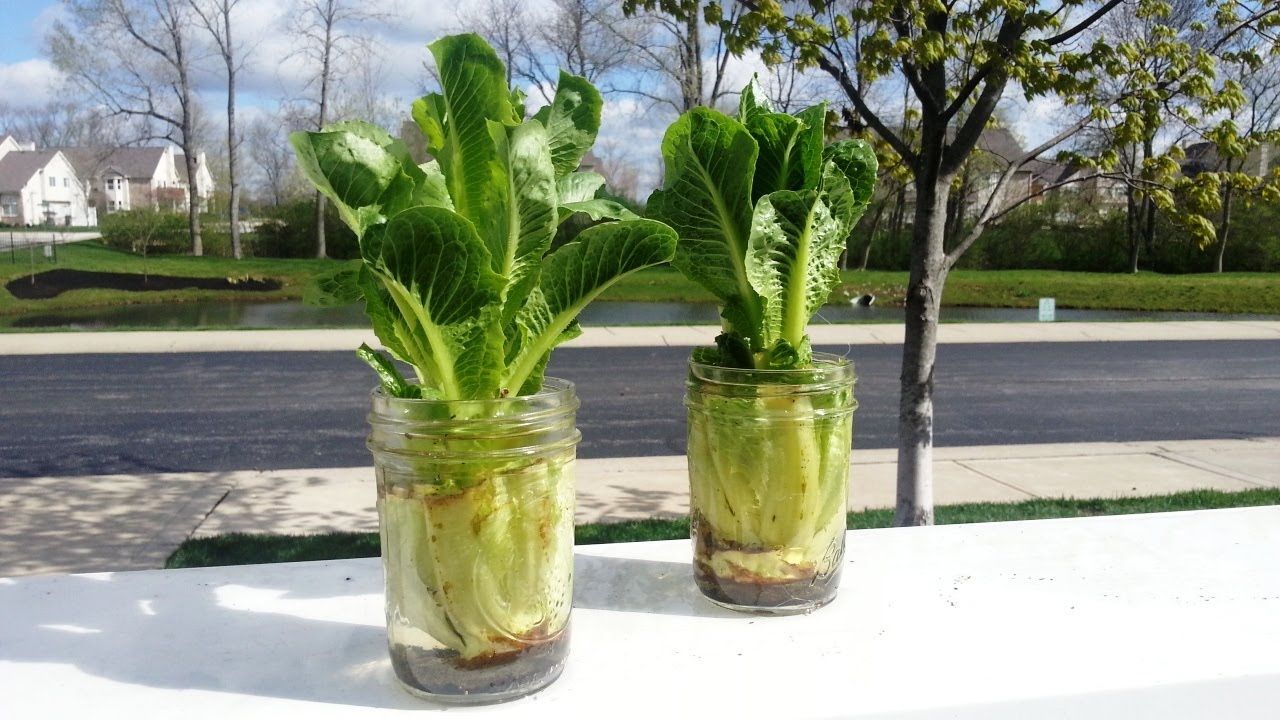
Aside from the obvious salad or wrap, lettuce can be used in a plethora of recipes! Have you ever tried roasting or stir-frying it? From smoothies to tacos, this leafy green will put a smile on your face no matter how you use it.
Lettuce show you how you can grow your own! Follow this link to learn how.
4. Basil
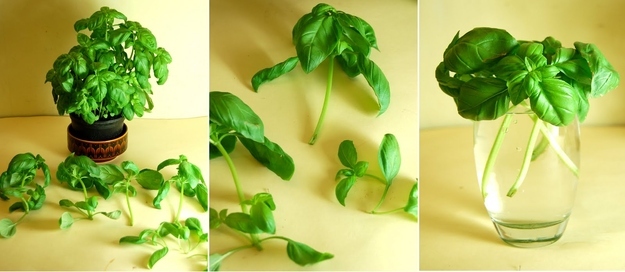
You can’t go wrong with basil! A quick Google search turned up countless recipes whose names alone will make your mouth water. Pasta, salads, fish… add basil to anything and pesto! Every bite will taste like spring with this superfood.
Check out the instructions here.
Conclusion
There are several other vegetables you can grow in a similar fashion, but the ones we chose are among the fastest and easiest to grow. Regrowing food is one way to reduce food waste… another would be using FoodSpan! Hopefully this blog post gave you an idea of how to be more sustainable when it comes to chowing down. Until next time!

